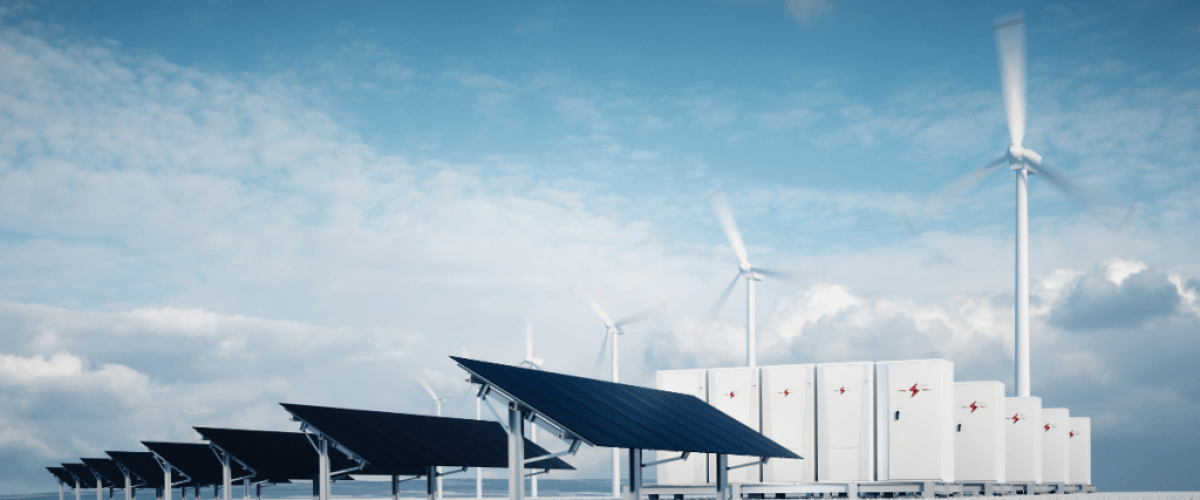Our research shows that some of the most critical decisions are made at the front end of project development. So, we designed our Thinking Manager webinar series to increase awareness of the impacts of front-end-loaded decision-making or lack thereof on project progress, success or failure.
In our first webinar, we discussed the relationship between social culture, people performance and safety outcomes with Stephen Booth Head of Services, Vestas Offshore APAC. This concept was taken a step further in our second webinar where Jimmy Hanssen, global CEO, NED and advisor to several high-growth renewable organisations, led the discussion about the impacts of organisational culture and design on asset performance.
In the third webinar, we are exploring the benefits of front-end loaded decision-making in the development phase of the asset lifecycle as this directly influences the commercial strategy and contractual framework underpinning a new project.

A key ARMSA principle is the importance of front-end loaded decision-making and how it impacts safety and business success, so who better to lead a webinar on this topic than Matt Boss – currently Head of Development at Cubico Sustainable Investments?
According to IEA’s annual Renewables Market Report, by 2026, global renewable electricity capacity is forecast to rise more than 60% from 2020 levels to over 4 800 GW – equivalent to the current total global power capacity of fossil fuels and nuclear combined.
Development will help make all the difference to the successes or failures of these pipeline projects across the world.
With a wealth of international experience in the whole project life cycle, Matt Boss has seen some tremendous successes and learned some valuable lessons that he kindly shared with us in our latest webinar.
The stage gate model
The development process of a renewable energy project can take anywhere up to 4 years to consent. For offshore wind, this could be longer. It is not a one-man band business but a complex process involving many disciplines and as Matt explained the traditional Project Management approach alone is insufficient.
Matt introduced the value of using the stage gate model for project management. The model was originally credited to Robert G Cooper in the 1980s and was created to support decision-making through the development of new products and innovations. It is now used as a basis for making decisions throughout the project management cycle for large projects in many different industries including the renewable sector.
In summary, the stage gate model consists of doing some work, then gathering and assessing information to decide whether to go through the gate to the next project stage.
The stage gate model for renewables
During the webinar, Matt talked through the stages for development and where the stage gates are. To begin with, we have the feasibility phase of the project, which includes project screening, and the project’s economic viability is assessed. Potential fatal flaws are identified, and an assessment is conducted to decide whether the project is competitive. The stage gate model is used to determine whether the company wants to allocate resources to develop the project.
If the decision is favourable, the company goes through the gate to the development phase. Here the team makes the most of the project opportunity, investing time and resources to capture the maximum value and address the risks. Now the stage gate model is used for the second time to assess whether the project is worth investing in and whether it is ready to construct or not.
Once agreed, the project moves through the gate into the pre-construction phase. The project execution team is assembled and a Construction Project Manager is appointed. The execution plan is finalised, and contracts are closed.
The stage gate model is used to assess all of this information before moving to the construction phase. The construction phase is carried out according to plan to ensure that the project is constructed safely and in line with contracts and employers’ requirements. An HSE file and stakeholder file must be updated meticulously as the team work towards a successful stage gate and takeover by the Asset Manager.
In the final operational stage, the project objectives are realised with ongoing projects to improve performance and ultimately prepare for decommissioning.
Do you use the stage gate model?
During the webinar, we polled attendees’ views on their current practices in the development phase. We asked two questions:
- Does their organisation use a stage gate model in the asset development phase?
- Do they regularly apply front-end decision-making to their projects?
And we learned the following!


Are we reaping the benefits of the Stage-Gate approach?
Many organisations in the renewable sector now use a stage-gate model as a standard when developing projects, given that 70% of respondents confirmed they use their stage-gate approach effectively.
However, it doesn’t quite enable them to regularly apply front-end-loaded decision-making, as only 30% of respondents were confident and said to us that they always apply front-end-loaded decision-making in their projects.
So, what lessons can we learn? Well to start with, companies need to increase awareness of front-end-loaded decision-making and its benefits amongst their development teams. Secondly, the stage gate model should enable better front-end decision-making.
Why should we focus on front-end decision-making?
Given that the development phase of a renewables project can take 2-4 years, during which time the risk should have plummeted to virtually zero, the value of front-end loading is evident. The FEL-D (front-end-loading) methodology increases the level of project definition, thereby increasing the probability of project success at any stage of its lifecycle.
Impressive results from field research are provided by Construction Industry Institute (2012) – according to its 2009 research of 609 projects worth $37 billion – owners with high FEL-D usage achieved (in comparison with those with low usage):
- 10% less costs
- 7% shorter delivery time
- 5% fewer changes
Early in the project lifecycle is the time when the ability to influence changes is relatively high and the risk and cost to make those changes are relatively low, so as Matt pointed out, development really IS a springboard to value creation.
Join the conversation
On 28 September 2022, renewable energy professionals discussed how project development can be a springboard to value creation.
Register today to get unlimited access and watch our Thinking Manager’s webinar recording.






